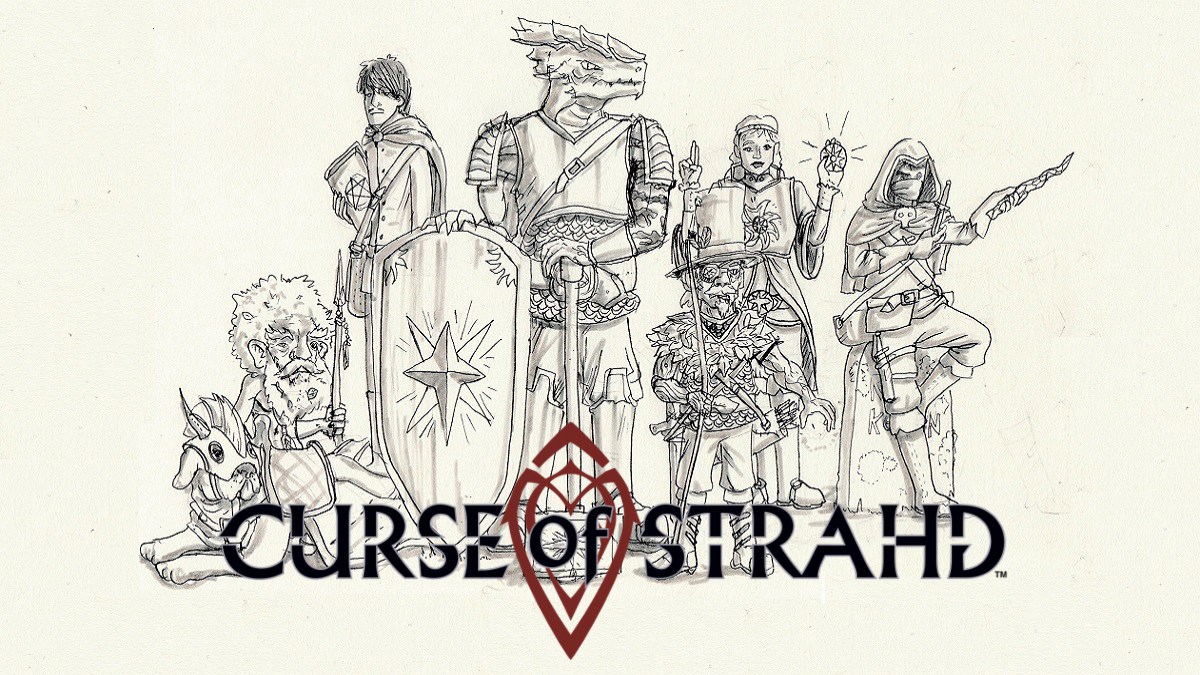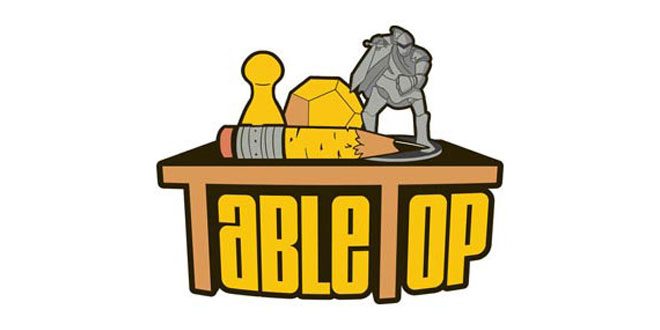
When Stonemaier Games’ Between Two Cities hit the streets in 2015, it was an instant GeekDad favorite. It’s a fast-playing, tile-drafting game that’s not only really enjoyable (and a bit of a head scratcher), but it’s unique and clever partnership gameplay really endears a sense of community that you might find in, well, cities. (Read our review of Between Two Cities.)
The game is fairly light, which explains its quick playing time, and for this reason I think it’s flown a bit under some people’s radars. The game’s upcoming expansion, Capitals, ratchets up the challenge enough to make the game appeal to a new crowd, while still remaining accessible to the just-getting-into-gaming folks.
At a Glance
Capitals introduces geographic features you have to build around, expands each city from 4×4 to 5×5 and expands the game with Civic buildings. What’s more, Capitals introduces Districts, another way to score.
Components
In the box, you’ll find:
- 7 Landscape Mats
- 7 District Cards
- 21 Civic Building Tiles
- 3 District Scoring Tiles
- 7 Player Aid Cards
- 7 Pairs of City Tokens
The landscape mats have images of canyons, rivers, mountains, marshes, and other natural features that you must build around. The mats are thin, but printed on heavy card stock so they are durable, so that you can place tiles on them without creating unnatural relief in your cities.
The District cards are small, mini-sized, and have the images and icons of each type of building from the original game and the expansion. These are drawn randomly to decide which Districts get bonus points.

The tiles are single, square buildings and shown in the same 3/4, top-down view as the tiles from the original game, so lots of roofs! They have more information on how they score than the older tiles, but more on that in a minute. The District scoring tiles are the same size as the base game’s double tiles and are used in all games of Capitals.
Player aids are the same as the base game, but add a back that shows the Civic and District scoring. The city tokens add seven new landmarks and, if you collect them, the back of the rulebook has an image showing all of the tokens so far (con exclusives not shown). The quality of everything is very good, same as Between Two Cities and, if you want, you can consolidate the base game and the expansion in the original’s box. Plus, and this is a small thing but it’s something I appreciate it very much, Stonemaier Games always seems to use a heavy zip bag on their components. They never feel like they will tear and there are always enough to bag everything. It’s just another thoughtful improvement that makes me feel good about their games.

How to Play
(This review assumes you know how to play the base game. For an overview of how to play Between Two Cities, please read our original review.)
For setup, there are a few minor changes. Civic tiles get mixed in with base building tiles and a landscape mat gets placed at each city location. The three District scoring tiles are placed at the center of the table and two District cards are randomly assigned to each scoring tile. (House and factory cards may not reside on the same scoring tile.) The other thing worth noting is that, because the game now builds to a 5×5 city, players draw nine tiles (rather than seven) in rounds one and three.
Speaking of the new orientation, the landscape mat must fit within the confines of the 5×5 square. However, it can be placed in the center, on the edge, or anywhere else, as long as it fits in the 5×5 area. On the landscape mats, there are bridges – some have just one, some have more than one. For purposes of scoring, any tiles connected by a bridge are considered adjacent. The first tile you lay must be on an open space on the landscape mat and all subsequent tiles must be placed next to an existing tile, as before.
Play goes as before and the two major changes that Capitals presents are both found in scoring. First are the Districts. After all other scoring is done at the end of the game, players consider the District bonuses. As mentioned, there are three, of varying rewards (9 points for first, 3 for second in the first District and 8/4 and 7/5 in the other two Districts), which present an interesting conundrum for players. Do you go for the top score, risking a precipitous fall to second? Or settle for a lower prize that rewards better in case you fall from first?

The Districts are calculated by adding the largest orthogonally contiguous connection of one or both types of tiles. You can win a District’s prize by only having a single type of the District’s cards. A city may not win both first and second, only its largest example is counted.
The other new scoring is in the Civic tiles, which are counted at the end of the game, along with other building tiles. On each Civic tile, there is a banner at the upper left that shows two positive types of tiles that the Civic tile likes to be near and a single negative type that it does not. These vary from tile to tile. The scoring information at the bottom of the tile is the same across Civic tiles.
If a Civic tile is not adjacent to any positive or negative tiles, as described on its banner, it scores a single point. If it is adjacent (orthogonally) to one type of positive tile, it scores three and if adjacent to both positive types, it scores six. Even if it’s adjacent to both positive types, if it’s adjacent to a negative type of tile, your deft planning is overridden and you only score a single point. The lower of your city’s scoring is submitted and once again, highest points of those submitted cities wins.

Verdict
We really like Between Two Cities a lot and Capitals is a nice step up. In gameplay, it’s not any more difficult — you’re still drawing and placing tiles like base game — but the long game, thinking about end-of-game scoring creates some very “thinky” moments.
The base game only had you considering six building types, so the addition of one more shouldn’t create that much more of a challenge … but it does. A single Civic tile is not just a single space on your 5×5 grid (5 spots of which are taken up by your landscape mat), the Civic tile also has to account for the four spots adjacent to it.
Additionally, the District rewards introduce game changing scoring. As anyone who has played Between Two Cities knows, it’s difficult enough to try and track the two cities you have a hand in, let alone everyone else’s cities — especially when playing with a big group. Nearly every time we’ve played, the Districts provided a surprise, bringing someone up from the back or causing a game-winning score. It certainly adds to the fun.
The Landscape Mats not only make your city centers feel more like real cities, they are just another factor in what makes Between Two Cities such a replayable game. Even though they are similar, each gives a challenge in setting up your cities. In a way, they remind me of starting with the river expansion in Carcassonne: a calming setting to begin each game.
Capitals is not overly complex on its surface, but the introduction of these three new major elements, Landscape Mat, Districts, and Civic tiles, adds a challenging new layer of complexity and really refreshes a game you may have played an awful lot.
As if that wasn’t enough, this little expansion includes the little touches that make a Stonemaier game so good and endear them to the gaming community. At the back of the rulebook, there’s a link to a video to teach the game (if you aren’t a rulebook kind of gamer), a link to the rules in other languages, contact info for rules questions and finding replacement parts, and more. Not only that, Capitals includes single player, automa, rules. I’ve not played this version, but includes some additional components, so no corners have been cut.
If you want to add something extra to Between Two Cities, go get Capitals when it arrives on shelves (in July). if you’ve never played Between Two Cities, grab a copy today!
Between Two Cities: Capitals is an expansion from Stonemaier Games and releases next month with a MSRP of just $20. You will need a full copy of Between Two Cities to play.

Disclosure: GeekDad was sent a copy of this game for review purposes.



